Nationality Japanese Role Artist | Name Mariko Mori Movement Contemporary Art Period Contemporary art | |
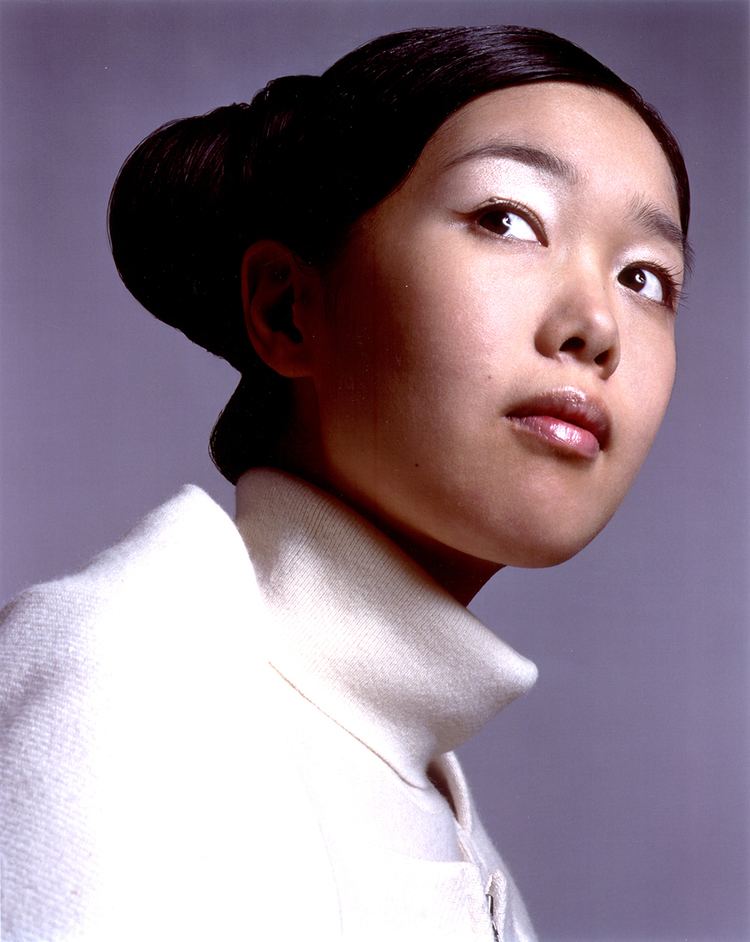 | ||
Born 1967 (age 47–48) Tokyo, Japan Artwork Birth of a Star, Tom Na H-iu, Empty Dream, Dream Temple Similar People Roni Horn, Wolfgang Tillmans, DJ Spooky, Peter Weiermair, Takashi Murakami | ||
Education Chelsea College of Arts | ||
The artist project mariko mori
Mariko Mori (森 万里子, Mori Mariko, born 1967) is a contemporary Japanese artist.
Contents
- The artist project mariko mori
- Artist interview mariko mori
- Biography
- Early Work
- Exhibitions and works
- Faou Foundation
- References
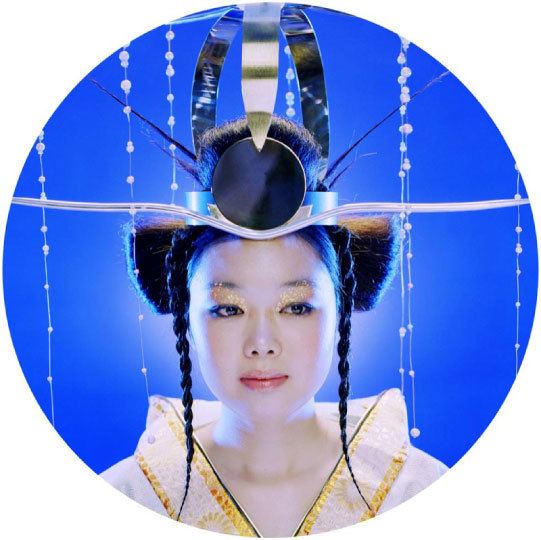
Artist interview mariko mori
Biography
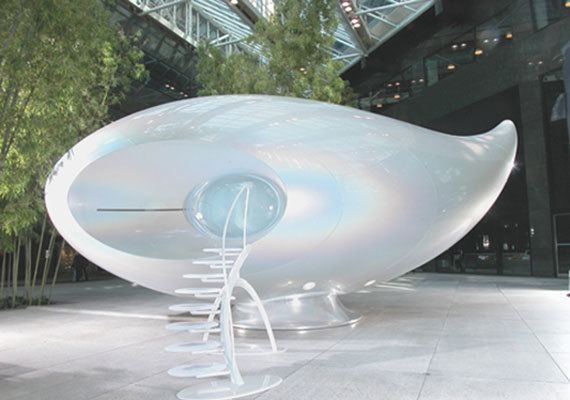
Mariko Mori was born in Tokyo in 1967. Mori's father is an inventor and real estate tycoon, and her mother is an art historian of European Art. While studying at Bunka Fashion College in Tokyo in the late 1980s, Mori worked as a fashion model. In 1989, she moved to London to study at the Chelsea College of Art and Design and studied there until 1992. After graduating, she moved to New York City and she participated in the Independent Study program at the Whitney Museum of American Art. Mariko Mori splits her time between London, New York, and Tokyo.
Early Work
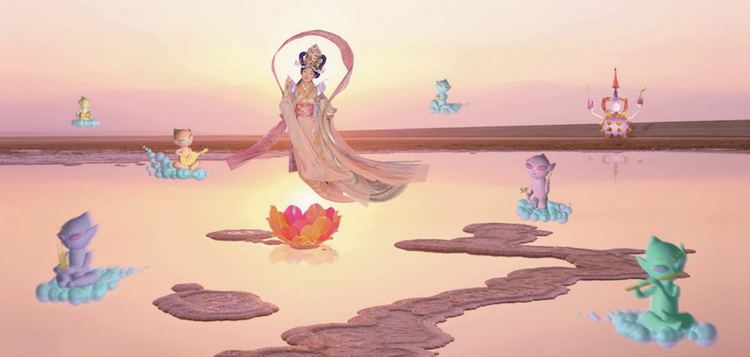
Mori's early work references traditional Japanese culture and ancient history but is characterized by futuristic themes and characters. Her early photography is heavily influenced by cosplay. Fantastic deities, robots, alien creatures, and spaceships are featured in video and photography with the artist herself dressed up in various self-made costumes as these characters.
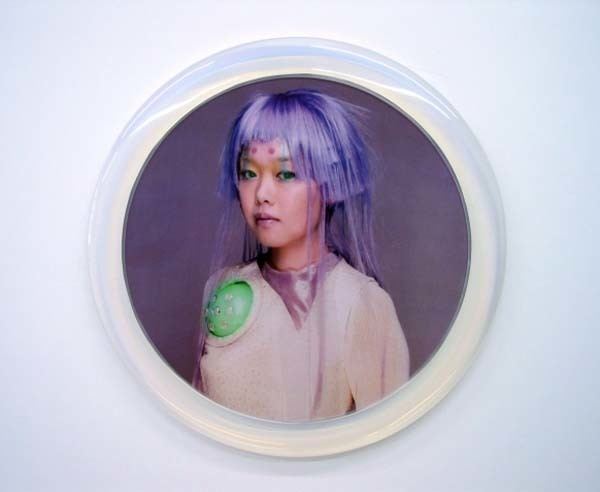
Present throughout her career is a fascination with technology and spirituality, with technology as a means of transcending and transforming consciousness and self.
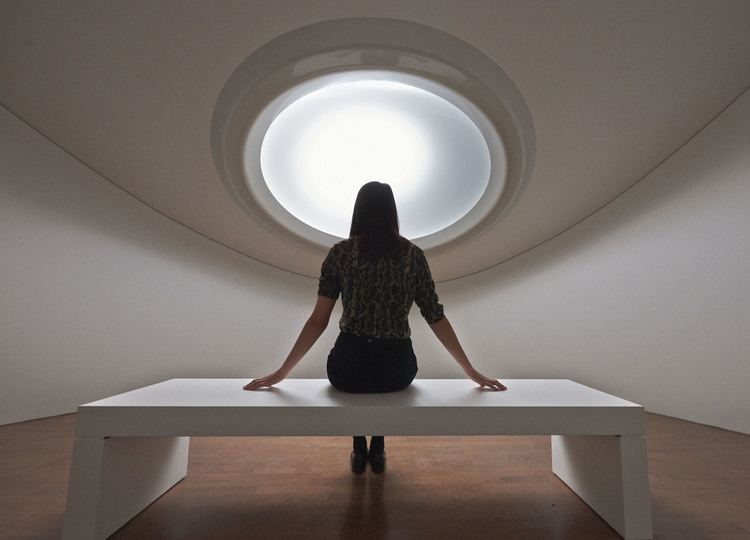
While her tableaus were fantastic and futuristic, the role played by the female characters she portrayed were often traditional, gendered roles such as a waitress in Tea Ceremony, a futuristic version of the female Buddhist deity Kichijoten in Pure Land, or a female Japanese pop star in Birth of a Star.
Mori attributes her fascination with consciousness and death to experiencing sleep paralysis in her early-twenties for several hours which left her unsure if she was alive or dead.
Exhibitions and works
Mori's early works, such as her photograph Play with Me, use her own body as the subject, and she costumes herself as a sexualized, technological alien woman in everyday scenes.
The juxtaposition of Eastern mythology with Western culture is a common theme in Mori's works, often through layering photography and digital imaging, such as in her 1995 installation Birth of a Star. Later works, such as Nirvana show her as a goddess, transcending her early roles via technology and image, and abandoning realistic urban scenes for more alien landscapes.
Play With Me (1994): Standing outside a Tokyo toy store, Mori dressed herself as a sexy cyborg—with light blue hair in long ponytails, metallic blue plastic in a hard-shell articulation of erotic body parts, silver plastic gloves, and a dress. Mori was trying to show that she connects to the robotic toys inside the store, but also to show her available unemotional sexuality.
Subway (1994): Mori stood in a Tokyo subway car dressed as if she just landed from outer space. She was dressed in a silver metallic costume with a headset, microphone, and push-buttons on her forearm. This transformation—along with Play With Me—was to explore different constructed identities.
Empty Dream (1995): Mori manipulates a photo of a real public swimming place as she inserts herself in a blue plastic mermaid costume in several locations within the scene. This image refers to, among other things, the rising of technology and philosophy around the creation of man through biotechnology.
Oneness (2002): Oneness presents the dimensions of spirituality, photography and fashion into a deep look on the originality of the artist's skill hence the usage of technology's brand new trends. The outlook designs of Oneness gathers the capacity nevertheless the ability to use advanced technology knowledge converted to some sort of mystic and UFO's.
Including in Oneness you can find some sub-works such as the Wave-UFO, a 6.000 kg dome where the visitor, once inside it, can see projected paintings reworked with computer graphics and then transformed into photographs in the interior dome of the Wave UFO. Conceptualization and prototyping of the Wave UFO was realized during Mori's residency at Eyebeam Art+Technology Center in Chelsea, New York.
Rebirth is an exhibition from works spanning a number of years that was first shown in London at the Royal Academy of Art and came to Japan Society in New York City in 2013. It is seen as a major departure from her previous work in that has far less to do with contemporary media and influences. One such example in this collection is "Flat Stones", which is a collection of ceramic rocks arranged similarly to a Jomon archaeological site.
Faou Foundation
In 2010, Mori founded a 501(c)(3) non-profit organization, the Faou Foundation, (the word "faou" is a neologism created by Mori meaning "eternal light"). Mori is listed as founder and president of the organization. Inspired by Buddhism and ecology, the Faou Foundation's mission is to create six art installations around the world as homages to the natural environment of each locale.
